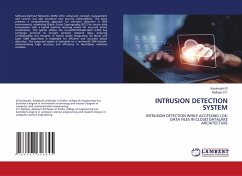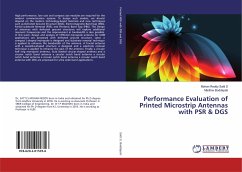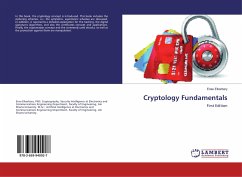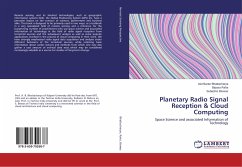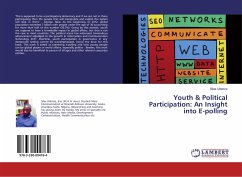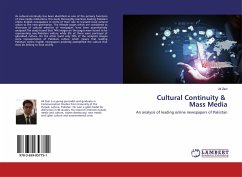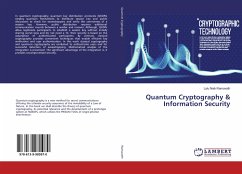
Quantum Cryptography & Information Security
Versandkostenfrei!
Versandfertig in 6-10 Tagen
41,99 €
inkl. MwSt.

PAYBACK Punkte
21 °P sammeln!
In quantum cryptography, quantum key distribution protocols (QKDPs) employ quantum mechanisms to distribute session key and public discussions to check for eavesdroppers and verify the correctness of a session key. However, public distribution requires additional communication rounds between a sender and receiver. Although, QKDPs allow legitimate participants to establish a session key without initially sharing secret keys and do not need a TC, their security is based on the assumption of authenticated participants. By contrast, classical cryptography provides convenient techniques that enable...
In quantum cryptography, quantum key distribution protocols (QKDPs) employ quantum mechanisms to distribute session key and public discussions to check for eavesdroppers and verify the correctness of a session key. However, public distribution requires additional communication rounds between a sender and receiver. Although, QKDPs allow legitimate participants to establish a session key without initially sharing secret keys and do not need a TC, their security is based on the assumption of authenticated participants. By contrast, classical cryptography provides convenient techniques that enable efficient key verification and user authentication. In this work classical cryptography and quantum cryptography are combined to authenticate users and for successful detection of eavesdropping. Mathematical analysis of the integration is presented. The significant advantage of the integration is, it provides uncompromised security.



